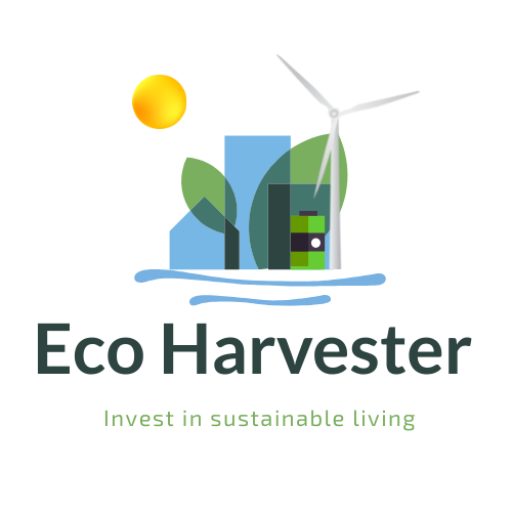Everything we use and eat has a water footprint. It’s possible for us to save water just by adjusting our lifestyle. According to the Water Footprint Network, ‘the water footprint is a measure of humanity’s appropriation of fresh water in volumes of water consumed and/or polluted.’ For example, leaving a mouthful of steak on your plate is equivalent to running your dishwasher 22 times. This is due to the fact that water is needed to produce the crops, which are fed to the cattle and the cattle then lands on your plate.
Water is needed for every aspect of the journey. Below are a few ways you can save water by changing up certain lifestyle choices.
- Reduce your meat and dairy intake. Beef has the greatest “water footprint” so cutting this out of your diet can save your country water. Only 3% of an individual’s water footprint is household use, whereas 73% comes from our diet and the food we eat.
“It takes three times more water to produce milk than vegetables, ten times more water to produce eggs, fourteen times more water to produce chicken meat, nineteen times more water to produce pork, and forty eight times more water to produce beef than vegetables.”
– Dr. Arjen Hoekstra & others, The Water Footprint Assessment Manual

WWF has calculated the amount of water certain foods need to be produced in South Africa (Image Source: World Wildlife Fund).
- Be mindful of the products you buy. When shopping for goods, reduce the amount of plastic you buy. Instead use paper cups, paper plates and buy food without the plastic wrapping where you can.

